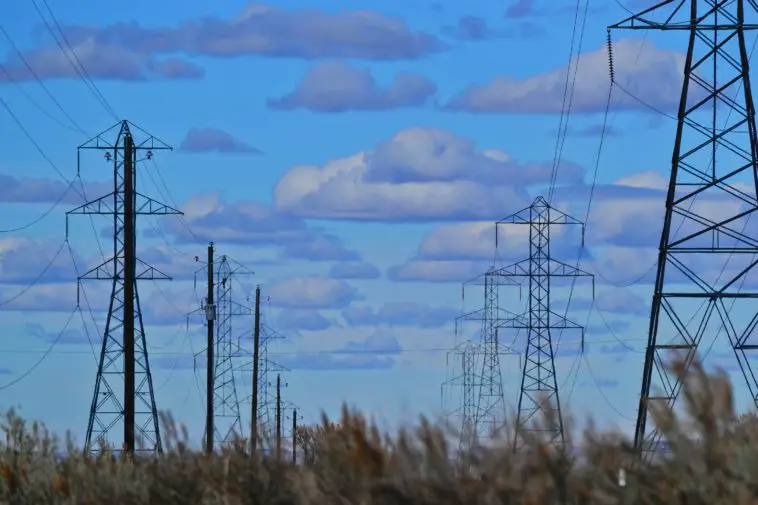In our tech-driven world, power distribution is a critical subject. Understanding the dynamics and significance of low-voltage electrical distribution can be pivotal in this regard. Low voltage systems are a cornerstone in the energy distribution field, providing vital advantages such as safety, efficiency, and scalability. This article seeks to comprehensively introduce the concepts of low voltage distribution and highlight why they are indispensable in our contemporary world.
Renowned firms like Schneider Electric are heavily investing in low-voltage system research and development. Their goal is to make these systems more dependable, efficient, and adaptable to a variety of applications. Before proceeding, it is necessary to define the term “low voltage.” In most cases, low voltage refers to electrical systems operating at less than 1000 volts alternating or 1500 volts direct current.
Low-voltage systems are essential in our daily lives. These systems power our electronics and appliances while ensuring high safety in anything from residential structures and commercial establishments to large-scale industrial sites. Given their importance, it is crucial to comprehend their fundamental components. Transformers, circuit breakers, and distribution boards are common components of low-voltage electrical distribution systems.
Transformers in low-voltage systems decrease high voltage from power plants to a level that is safe for end users. Schneider Electric, a market leader, provides a diverse selection of transformers for a variety of applications. Circuit breakers, on the other hand, protect our systems by avoiding overcurrent and short circuits. The distribution boards serve as command and control centers, distributing power to various circuits.
What is the significance of low-voltage systems?
To begin with, they are intrinsically safer. Low voltage systems, as the name implies, convey less electrical energy, lowering the risk of electric shock. As a result, they are the ideal choice for many domestic and commercial applications.
Another distinguishing feature of low-voltage systems is their efficiency. They are intended to reduce energy losses during transmission and distribution, preserving resources and lowering costs. Companies such as Schneider Electric have played an important role in developing low-voltage solutions that are in line with the global push for energy efficiency and sustainability.
Another significant benefit is the ease of installation and upkeep. Low-voltage systems, unlike high-voltage systems, can be implemented in a range of environments with fewer requirements. Because of their versatility and scalability, these systems are suitable for both local and large-scale applications.
Not to mention the digitization of these systems. Smart grids and intelligent distribution systems have transformed how we manage and consume energy. Schneider Electric has been at the forefront of integrating digital technologies into low-voltage distribution systems, increasing efficiency, and enabling proactive energy resource management.

Building on our previous examination of low-voltage systems, we must now analyze their relevance in the context of renewable energy sources. Low-voltage electrical distribution systems are essential enablers in the world’s transformation to greener and more sustainable energy options. They are especially important in properly integrating renewable energy sources such as solar and wind into our energy systems. Low voltage systems’ flexibility and efficiency, along with modern technologies from firms like Schneider Electric, enable to promote the smooth connecting of these renewable sources to our grids, supporting a greener future.
Let us now look at another rising trend:
the growth of electric cars (EVs). With the growing popularity of EVs, the demand for efficient and dependable charging infrastructure is increasing. To accommodate this need, low-voltage electrical distribution systems are critical. They provide the required security and efficiency, making them an excellent choice for EV charging stations. Furthermore, advances in smart low-voltage distribution technologies enable dynamic load control, which optimizes the charging process and improves user convenience.
Finally, the role of low-voltage systems in data centers must be addressed. As the digital world increases, so does the demand for data storage and processing capacity. These data centers use a significant quantity of electricity. Low voltage distribution systems, along with innovative energy management technologies, play an important role once again. They ensure a dependable power supply while optimizing energy consumption, considerably adding to these centers’ overall operational efficiency. Schneider Electric’s EcoStruxure for Data Centers is an example of a solution that uses low voltage distribution to manage energy efficiently.
In summary, the importance of low-voltage electrical distribution networks extends beyond providing basic power to our homes and businesses. They are critical in promoting sustainable energy solutions, fueling the EV revolution, and maintaining our expanding digital infrastructure. As the world evolves and our energy needs become more complex, the role of low voltage systems, fuelled by innovation from companies like Schneider Electric, will become even more prominent. This emphasizes the significance of knowing and working with these systems, which will continue to be critical to our energy future.





